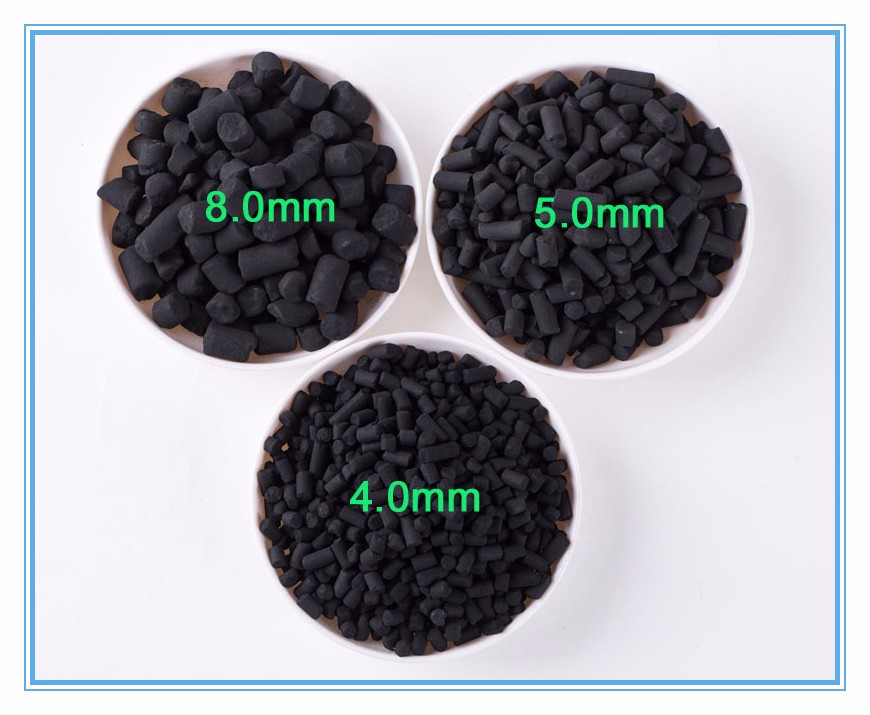Activated carbon, sometimes called activated charcoal, is a unique adsorbent prized for its extremely porous structure that allows it to effectively capture and hold materials.
Widely used throughout a number of industries to remove undesirable components from liquids or gases, activated carbon can be applied to an unending number of applications that require the removal of contaminants or undesirable materials, from water and air purification, to soil remediation, and even gold recovery.
Provided here is an overview on this incredibly diverse material.
WHAT IS ACTIVATED CARBON?
Activated carbon is a carbon-based material that has been processed to maximize its adsorptive properties, yielding a superior adsorbent material.
Activated carbon boasts an impressive pore structure that causes it to have a very high surface area on which to capture and hold materials, and can be produced from a number of carbon-rich organic materials, including:
Coconut shells
Wood
Coal
Peat
And more…
Depending on the source material, and the processing methods used to produce activated carbon, the physical and chemical properties of the end product can differ significantly.² This creates a matrix of possibilities for variation in commercially produced carbons, with hundreds of varieties available. Because of this, commercially produced activated carbons are highly specialized to achieve the best results for a given application.
Despite such variation, there are three main types of activated carbon produced:
Powdered Activated Carbon (PAC)
Powdered activated carbons generally fall in the particle size range of 5 to 150 Å, with some outlying sizes available. PAC’s are typically used in liquid-phase adsorption applications and offer reduced processing costs and flexibility in operation.
Granular Activated Carbon (GAC)
Granular activated carbons generally range in particle sizes of 0.2 mm to 5 mm and can be used in both gas and liquid phase applications. GACs are popular because they offer clean handling and tend to last longer than PACs.
Additionally, they offer improved strength (hardness) and can be regenerated and reused.
Extruded Activated Carbon (EAC)
Extruded activated carbons are a cylindrical pellet product ranging in size from 1 mm to 5 mm. Typically used in gas phase reactions, EACs are a heavy-duty activated carbon as a result of the extrusion process.
Additional varieties of activated carbon include:
Bead Activated Carbon
Impregnated Carbon
Polymer Coated Carbon
Activated Carbon Cloths
Activated Carbon Fibers
PROPERTIES OF ACTIVATED CARBON
When selecting an activated carbon for a particular application, a variety of characteristics should be considered:
Pore Structure
The pore structure of activated carbon varies and is largely a result of the source material and the method of production.¹ The pore structure, in combination with attractive forces, is what allows adsorption to occur.
Hardness/Abrasion
Hardness/abrasion is also a key factor in selection. Many applications will require the activated carbon to have a high particle strength and a resistance to attrition (the breakdown of material into fines). Activated carbon produced from coconut shells has the highest hardness of activated carbons.4
Adsorptive Properties
The absorptive properties of the activated carbon encompass several characteristics, including adsorptive capacity, the rate of adsorption, and the overall effectiveness of activated carbon.4
Depending on the application (liquid or gas), these properties may be indicated by a number of factors, including the iodine number, surface area, and Carbon Tetrachloride Activity (CTC).4
Apparent Density
While apparent density will not affect the adsorption per unit weight, it will affect the adsorption per unit volume.4
Moisture
Ideally, the amount of physical moisture contained within the activated carbon should fall within 3-6%.4
Ash Content
The ash content of activated carbon is a measure of the inert, amorphous, inorganic, and unusable part of the material. The ash content will ideally be as low as possible, as the the quality of the activated carbon increases as ash content decreases. 4
Post time: Jul-15-2022


